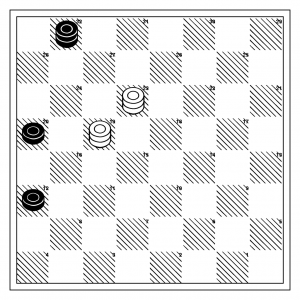Anyone who is subscribed to the QRP-L has likely been subjected to a long string of complaints against WSPR in the past week or so. This began with a generic complaint against a “consistent carrier” on 7.040. This rapidly decayed into a long series of rants against WSPR. Since I’m rather more fond of WSPR than the average QRP-L member, I chose to defend WSPR’s place in the ham radio universe.
But amidst the general complaints, there are a few points which they make which we should all take to heart. First of all, in the United States we are not allowed to operate automatic beacon transmitters below 10m. This means that you have to be in control of the station, and operate it in a manner consistent with Part 97 regulations. I’m not sure what that really means in the context of this mode, but I suspect that it means that running your beacon all night while you sleep isn’t actually legal, as fun (or useful, I would argue) as it might be to see those spots from New Zealand that occur at 4:30AM local time when you wake up and have your coffee. I believe that all hams should endeavor to operate their stations in accordance to regulations, so I think that we as WSPR operators should be at the control point of our stations when transmitting WSPR. I also think that this point of legality isn’t adequately emphasized in existing documentation, so new users of the mode may be unaware of this issue, so it would be great if we had a more prominent notice on WSJT’s site, and on wsprnet.org.
Beyond simple legality though, I’ve seen that the QRP-ers have some basis for being irritated beyond the mere legality of this operation. In the last 24 hours, I’ve logged one particular station who has operated at 100w output power, and for quite a while, was transmitting about 50% of all slots, including many back to back slots. This resulted in spots with a SNR of +5 over distances of 12000km. This isn’t a WSPR, it’s a rock concert. I think its good to keep WSPR at QRP levels or ideally QRPP levels. And let’s keep our transmit percentage down to 20% or less. As WSPR has become more popular (and it has become much more so even in the last few months, with dozens of stations on 40m and 30m) we’ll need to reduce the time we spend transmitting to mitigate collisions.
And let’s be especially careful around 40m, okay? 7.040Mhz isn’t the best choice of frequency, frankly. Lots of old time rock bound QRPers still claim it as their own, and while nobody owns a frequency, we should be courteous to all hams.
